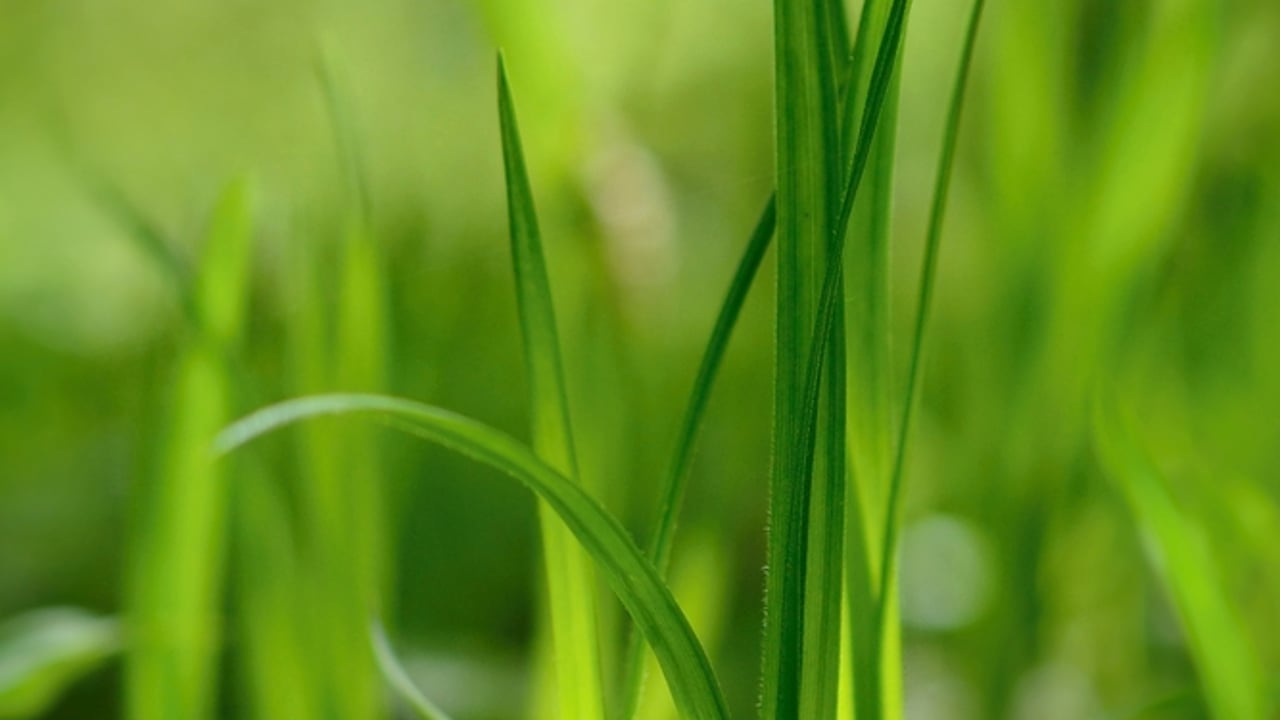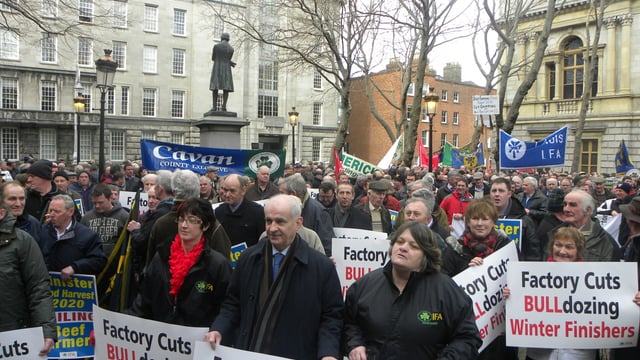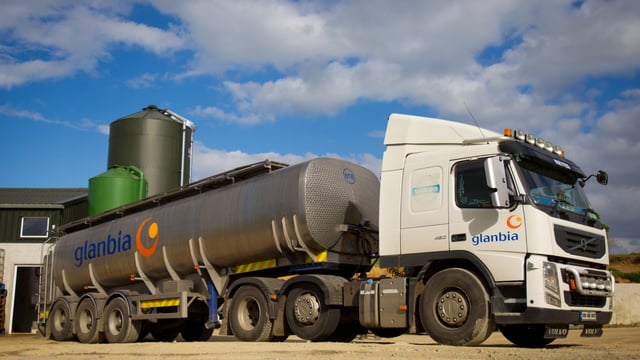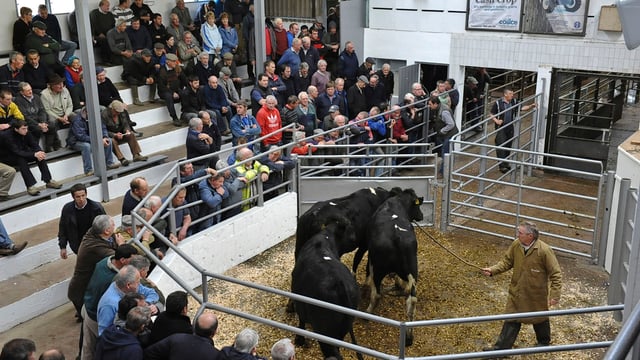Sponsored Article
Maximise the output of your grassland this spring
Sponsored Article
Grass is the most valuable asset on your farm. With concentrate costs still accounting for a significant portion of overall costs, boosting yields from forage can improve profitability. Maximising the quantity of grass grown on farm, and the utilisation of this grass must be a priority over the next few months. Some key points to consider:
· Soil structure is critical. Aim for an aerobic soil made up of appropriate proportions of minerals, organic matter, water and air. After such a wet winter large portions of grazing areas are damaged and will need attention.
· If compaction caused by persistent rainfall or machinery is present, it is critical to identify the depth of compaction to allow you to use the most effective method of alleviation, for example, sub-soiler or surface aerator.
· Soil testing is an inexpensive way of assessing nutrient requirements. A typical cost is £10-£12 per sample. Accurately applied nutrients from chemical fertilisers or slurry maximises the quantity and quality of grass.
- The grazing swards on most dairy farms usually have the highest soil analysis indices for phosphate (P) and potash (K). If the soil analysis shows an index of three or above for both P and K, neither slurry nor compound fertiliser is needed for grazing land. Straight nitrogen will be sufficient all season. At a P index of two, an application of 17 cubic metres per hectare (1,500 gallons per acre) of slurry per year will supply all the soil phosphate requirements.
Monitor energy costs on farm
Greenmount Campus energy benchmarking figures show that electricity usage on dairy farms varies between 200 kWh and 400 kWh (kilowatt hours) per cow per annum. There is therefore significant potential for savings to be made on some farms. Milk cooling, water heating and the vacuum pump each account for 25-30% of total electricity consumption, with the remainder used by lighting, heating and ventilation. Review water heating and milk cooling first as these offer the greatest potential for saving.
Practical tips to reduce water heating costs include:
- Insulate all pipe work and ensure your hot water tank is also well insulated. Trials carried out by FEC Services show that an uninsulated water heater can lose 50% heat within 17 hours. This compares to a loss of just 5% for a well insulated heater.
- Place the heater as close as possible to the point of use to minimise the length of pipe work required and the potential for heat loss.
- Maximise the use of cheap rate electricity. Fit a time switch to your heater and make sure this is set correctly. This is especially important if the power has been off, even for a few hours.
- Consider a Heat Recovery Unit (HRU). This can be connected to the refrigeration system of your bulk tank and uses waste heat to pre-heat water before it enters the water heater. Depending on the size and number of compressors, a HRU can cost from £2,500 to £3,500. However, it can reduce water heating costs by as much as 50 per cent.
Improving the laneway network on your farm pays dividends
Well designed and constructed laneways allows easy movement of cows. Good laneways shed water, drain freely, are easy to maintain and do not damage cows hooves. Lameness in dairy stock can be caused by rough, sharp stones, broken sections of laneway, steep laneways with sharp, narrow corners and bends, including those at the entrance to the milking parlour.
The speed at which cows travel is also important. If cows are allowed to walk at their own speed, they will pick their way along poor tracks. But under pressure cows will not have time to negotiate sharp stones, holes or other obstacles. Laneways which are too narrow will also upset cow flow and cause jostling along fence lines.
This can damage the cows’ feet and the edge of the laneway. Make routine maintenance part of your regular work programme. Focus on repairing surfaces and maintaining effective drainage.
Dairy management notes by Conail Keown, Department of Agriculture and Rural Development
Sponsored Article



